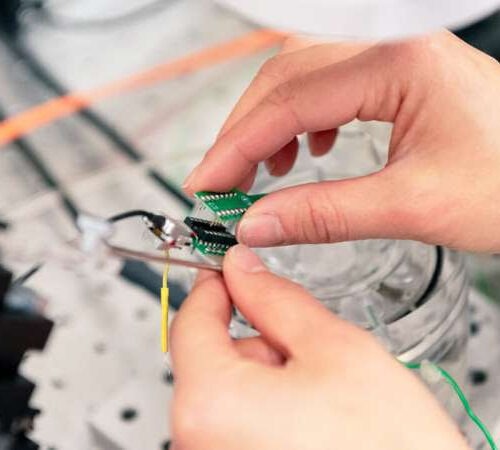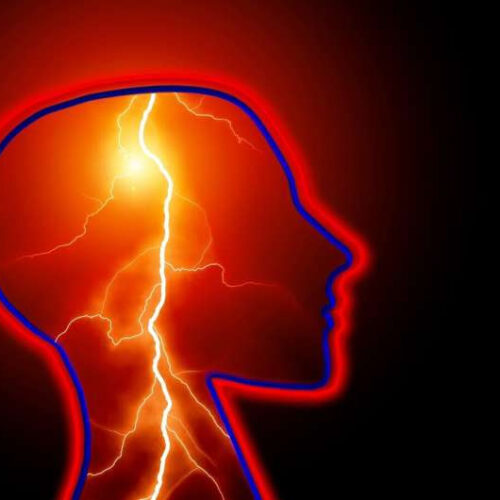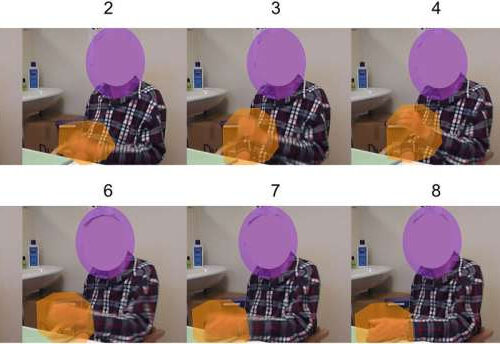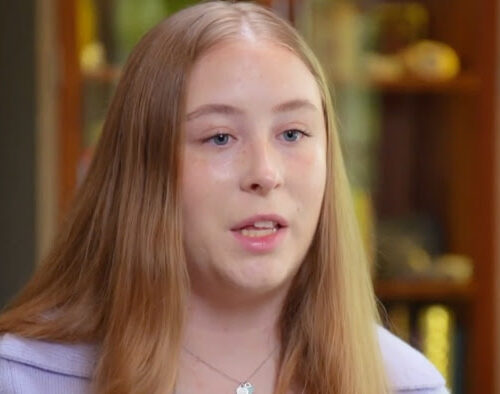by Sarah Williams, Gladstone Institutes A new study led by Gladstone researchers suggests that targeting a protein in the thalamus could prevent the long-term damage that follows traumatic brain injury. In this photo, Graduate Student Frances Cho works with an electrode array to study brain samples. Credit: Photo: Michael Short/Gladstone Institutes For days, and even...
Uncovering one of the driving forces of Alzheimer’s disease
by Flinders University Credit: Pixabay/CC0 Public Domain Alzheimer’s disease, the most common form of dementia, currently has no cure or effective therapy, in part due to gaps in our understanding of how the progressive neurodegenerative disorder arises in the brain. Now, a Flinders University study has shown how a protein called tau, a critical factor...
Researchers discover brain pathway that helps to explain light’s effect on mood
by Brown University Credit: Unsplash/CC0 Public Domain From changes in daylight across seasons to the artificial lighting choices in workplaces, it’s clear that the quantity and quality of light that a person encounters can significantly impact mood. Now, scientists at Brown University think they know why. In a new study published in the Proceedings of...
Anti-seizure medication has a new target
by Will Doss, Northwestern University Credit: Pixabay/CC0 Public Domain An anti-seizure medication acts on unexpected molecular targets, according to a Northwestern Medicine study published in the Journal of Neuroscience. Designed to target AMPA receptors in the brain, the medication—called perampanel—turns out to also modulate kainate receptors, according to Geoffrey Swanson, Ph.D., professor of Pharmacology and senior...
Gestures can improve understanding in language disorders
by Melanie Nyfeler, University of Zurich Illustration of the Areas of interest (AOIs). This series of video frames shows the trajectory of the AOIs gesture and face during a co-speech gesture. Please note that the AOIs were dynamic that means they changed their position and size over time and always covered the entire hand gesture (visible...
Current guidance may unnecessarily delay care for stroke victims
by Mark Michaud, University of Rochester Medical Center Credit: Pixabay/CC0 Public Domain While strokes associated with surgery are rare, a person who undergoes a surgical procedure soon after having suffered a stroke can be eight times more likely to suffer a perioperative stroke, defined as occurring within 30 days of surgery. Many stroke patients suffer...
Medication reviews linked to a lower risk of death in aged care
by South Australian Health and Medical Research Institute (SAHMRI) Credit: Shutterstock New research from the Registry of Senior Australians (ROSA) at SAHMRI has linked medication reviews to a lower risk of death for aged care residents. The study, led by Dr. Janet Sluggett and funded by the Australian Association of Consultant Pharmacy (AACP), followed 57,719...
A new therapy with magnets is helping people with depression when nothing else works
July 7, 2022, 7:21 AM MSTBy Sarah Jacoby Like many young people, Chase, 18, noticed she was developing symptoms of depression when the COVID-19 pandemic started. Although she’d tried medications and therapy, Chase felt her symptoms get worse over the course of a few months. And she knew things were really getting serious when thoughts of suicide crept in....
New research could explain unknown causes of epilepsy
by Mikayla Mace Kelley, University of Arizona The Tmep protein can be seen in pink at a fly neuromuscular junction, which is outlined in blue. Tmep regulates how frequently the neuron fires. Credit: Martha Bhattacharya In many cases of epilepsy—a disorder that disrupts the normal pattern of electrical activity in the brain and often results in...
Copper leads to protein aggregation in Parkinson’s disease
by Rainer Klose, Swiss Federal Laboratories for Materials Science and Technology Images taken with an atomic force microscope show alpha-synuclein in the form of fibrils (left). When the protein is placed in a solution containing copper, ring-like structures form instead (right). Credit: Empa Copper exposure in the environment and the protein alpha-synuclein in the human brain...










